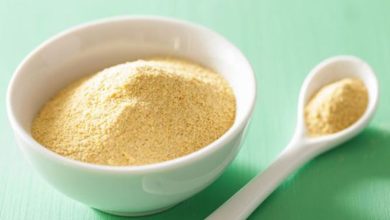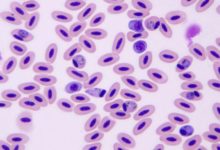Plant Kingdom Classification Characteristics & Examples (Taxonomy)
The plant kingdom classification is subcategorized into two sub-kingdoms. One sub-kingdoms contains five phyla and algae. All algae contain the green pigment chlorophyll. They may also contain other pigments that distinguish the kinds of algae from one another.
Algae are used as food for animals that live in the water. Chlamydomonas, kelp, Ulva, and Chara are some names of algae. The other sub-kingdoms of the plant kingdom are divided into two phyla, the bryophytes, and tracheophytes.
The bryophytes phylum includes the mosses and liverworts. Bryophytes grow in all parts of the world on moist and land along river banks, on rocks near waterfalls, and on damp forest floors.
The tracheophytes phylum contains the vascular plants. Tracheophytes have vessels or tubes that carry food and water throughout the plant. Examples of these plants are ferns, cone-bearing plants, and flowering plants.
Tracheophytes include Pteridophytes which are ferns and club mosses. Ferns are spore-bearing, non-flowering plants. Their leaves are called fronds. Dryopteris is a common fern. Club mosses are allied ferns. They have a large spore-bearing.





